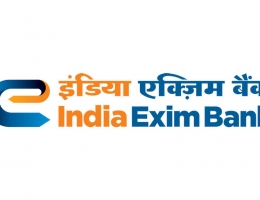
How Sustainable Finance is Evolving for Indian MSMEs
Sustainable finance, incorporating environmental, social, and governance (ESG) factors, is rapidly reshaping India's MSME sector. With over 63 million MSMEs contributing 30% to GDP and employing 111 million, they are crucial for India's net-zero target by 2070. As of October 2025, developments like the national Green MSME policy from Budget 2025 aim to define "green" activities, set targets, and provide incentives, addressing gaps in recognition and alignment. Recent surveys show 66% of MSMEs planning to expand environmental policies, with 76% expecting profitability from sustainability measures, up from prior quarters. Capability-building has surged, with 60?veloping sustainable strategies.
Key initiatives include SIDBI's incentive schemes for green loans, promoting clean energy adoption. The MSE-GIFT and MSE-SPICE schemes allocate INR 472.5 crore (2023-2027) for subsidies on greener technologies. RBI and SEBI's ESG frameworks, plus the draft Climate Finance Taxonomy, guide investments into resilient sectors. Proposals for a Green MSME Fund (Rs 5,000 crore) and platforms for green bonds aim to mobilise capital at affordable rates. In regions like Jharkhand, MSMEs in steel are adopting low-carbon tech via project facilities. NBFCs offer tailored financing for climate resilience, emphasising lean, green practices for survival.
Despite progress, challenges remain: 73% lack awareness of green financing, and processes are cumbersome. High collateral and small-scale projects hinder access.
To adopt green finance, MSMEs can follow these steps:
- Assess Sustainability Needs: Conduct an ESG audit to identify areas like energy efficiency or waste reduction. Use tools from SIDBI or Tata Power guides for self-evaluation.
- Build Awareness and Capacity: Attend government workshops or use online resources on green schemes. Develop internal expertise in sustainable strategies, as 60% of MSMEs have done recently.
- Apply for Incentives: Register for schemes like MSE-GIFT or SIDBI's green loans. Prepare documentation showing the environmental impact of subsidies.
- Access Financing Options: Explore green bonds via proposed platforms, ESG-linked loans from NBFCs, or priority sector lending updates. Partner with fintech for embedded finance.
- Implement and Monitor: Adopt technologies like renewables, track metrics, and report ESG compliance to attract investors.
These steps foster resilience and market edge. By 2047, unified green lending could drive India's low-carbon economy, with MSMEs at the forefront.











